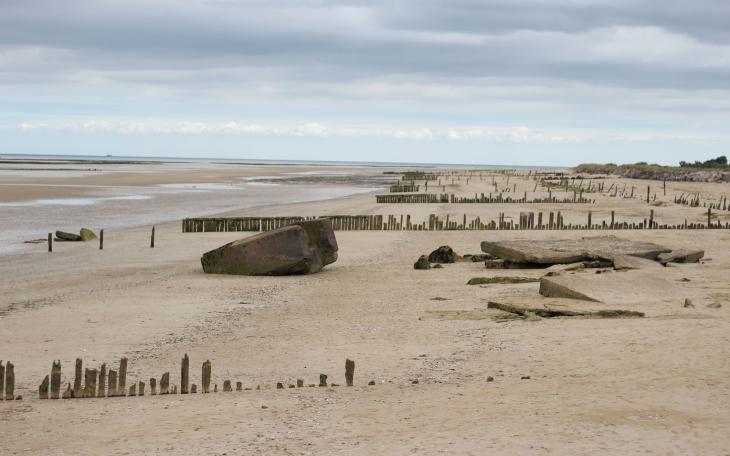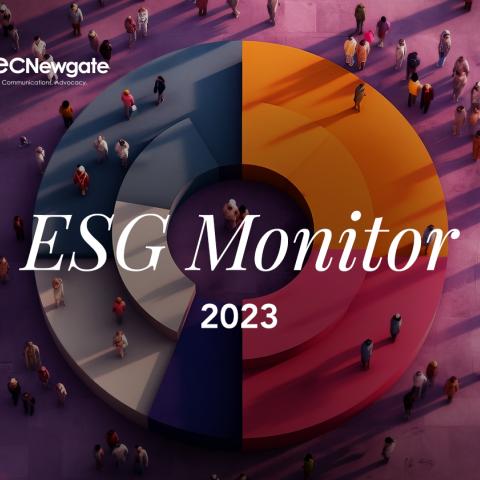Remembering D-Day

By Omar Graoui
Communication Tactics in World War 2
As we reflect upon D-Day, Remembrance Day, and remember the huge bravery and sacrifice of that generation, we thought it was interesting to look-back on the various ways in which courage and innovative thinking around communications helped prevail over the threat of global fascism and totalitarianism.
Some of the propaganda slogans and memes developed at the time, from urging the UK to ‘Dig for Victory’ to Churchill’s V for Victory and ‘Mum’s the Word’ remain meaningful and used today.
The ‘Ghost Army’ was behind one of the most creative strategies deployed by the Allied forces during D-Day. The Ghost Army was a top-secret unit set up by the Allies and was made up of American designers, artists, and sound engineers tasked with deceiving the enemy. From balloon-inflated tanks and artillery posts to fake radio chatter and deceiving loudspeakers, the allies were able to create the illusion of a much larger force, forcing enemies to re-think their approaches. Such historical use of deceptive communication tactics has modern parallels in the form of deepfakes and disinformation, which can significantly impact business decisions and outcomes.
As with any company today, data privacy and corporate resilience play a huge role in ensuring the continuity of operations and the protection from cyber-attacks. Massive insights can be gained from the enemy’s negligence in protecting their encrypted messages in World War 2, which fell right into the hands of the allied forces. This was particularly seen with the Enigma, a German machine that produced highly encrypted messages. The Allied forces were able to decode crucial messages and intel from the Enigma in as little as 2.5 hours during D-Day and this played a massive role in the way the operation was planned and executed.
Finally, the use of messenger pigeons in D-Day presents us with an angle that highlights the role of efficient messaging to your far-flung audiences. Attaching coded messages to pigeons to relay news to other battalions was an ingenious communication strategy deployed by the allies, and having the ability to deliver quick messages across enemy lines went as far as saving thousands of British troops from bombings and enemy advancements.
On par with heavy machinery and tanks, the innovative and out the box thinking around communications and messaging from men and women that lead to decisive, watershed moments during World War two is a critical part of D-Day that we commemorate this week.









